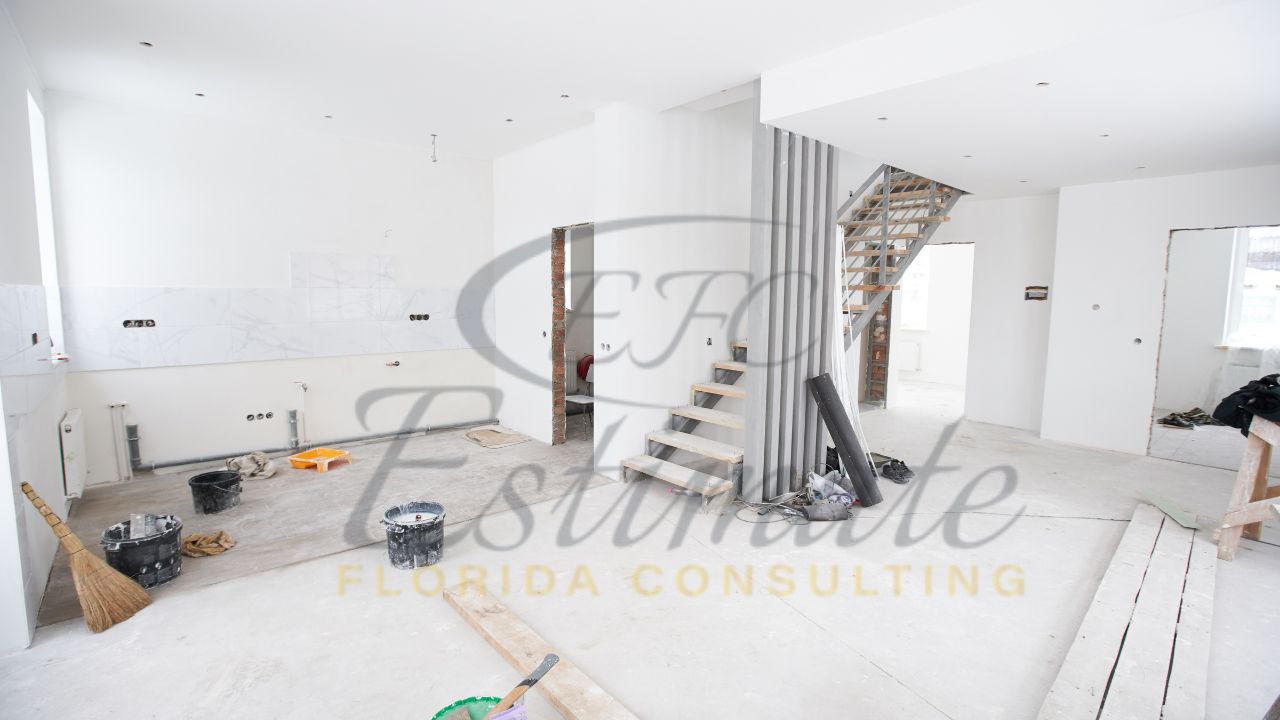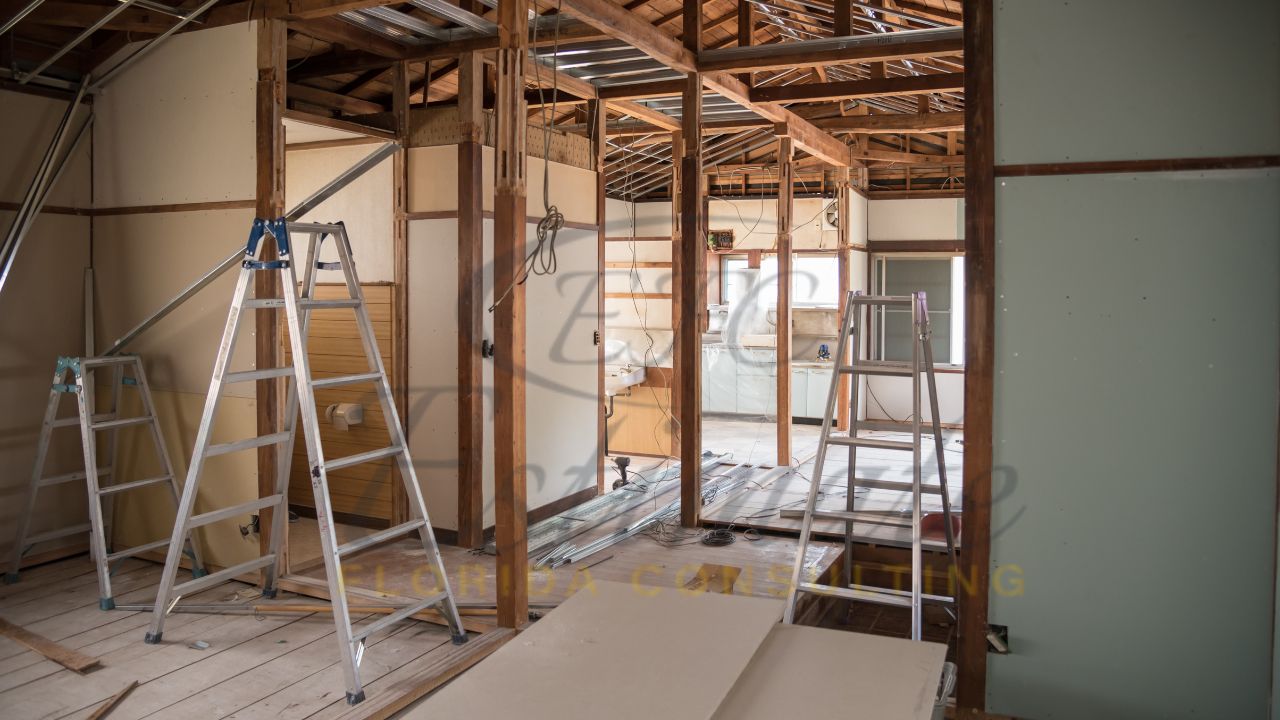Whole-House Renovation, Zero Surprises: Right-Sizing Dumpsters to Protect Your Contingency Fund
Disposal is the silent budget killer of a whole-house remodel. The moment your demo crew fills that first roll-off, work can grind to a halt if no replacement is waiting, and every extra ton can chew through contingency cash. Seasoned project managers lock this cost early by teaming with a reliable dumpster rental Jacksonville FL provider and matching each project phase to the right container.
Treat Debris Like Any Other Line-Item
During the initial planning meeting, you already count studs, drywall sheets, and labor hours. Give debris the same attention. A standard 10-yard rental in Jacksonville includes just one ton of waste; a 20-yard rental covers two tons. Exceeding the limit results in surcharges of $40–$200 per ton, as indicated on the invoice. Worse, an unscheduled swap can leave trades idle for half a day. By discussing disposal at the same table where you finalize your schedule, you transform a potential wildcard into a number you can track.

Know the Roll-Off Sizes and Their True Costs
Jacksonville’s flat-rate pricing makes container selection straightforward once you know the numbers.
Dumpster | Dimensions (L × W × H) | Weight Included | Rental Window | Base Price* | Typical Uses |
10 yd³ | 12 ft × 7.5 ft × 3.6 ft | 1 ton | 3–7 days | $275–$375 | Bathroom gut, attic clean-out, yard debris |
15 yd³ | 14 ft × 7.5 ft × 4.5 ft | 2 tons | 3–7 days | $325–$425 | Kitchen remodel, flooring removal, estate clean-out |
20 yd³ | 14 ft × 7.5 ft × 5.8 ft | 2 tons | 3–7 days | $375–$475 | Whole-house demo, roof tear-off, major landscaping |
*Extra days run $25; extra weight is $75 per ton.
Reading the Table
A single-story, 2,000 sq ft gut usually generates 12–13 tons of debris. Two scheduled swaps, a 20-yard load for heavy demolition followed by a 15-yard load for finish phases, cost less than one oversized box that tips the scales.
A Five-Step Waste-to-Weight Formula You Can Run in Ten Minutes
- Measure the house. Example: 2,000 sq ft.
- Use rule-of-thumb volumes per 100 sq ft: drywall 0.8 yd³, wood 0.5 yd³, flooring 0.45 yd³, roofing 0.3 yd³.
- Multiply each volume by its average weight per cubic yard: drywall 500 lb, wood 350 lb, flooring 600 lb, roofing 425 lb.
- Add the pounds, divide by 2,000 to convert to tons.
- Add 10 percent for surprise layers like plaster or extra tile.
Run the math once, include it with your estimate, and both you and the homeowner understand why two containers beat a single oversized gamble.
4 Match Containers to Project Phases
Demo Week
Start with a 20-yard. Dense debris, tile, brick, and cabinets hit the weight cap quickly, and the taller walls keep shards below the rim.
Rough-In
Scrap wire and pipe are light. Let the first box ride until it’s three-quarters full, then schedule a swap.
Drywall & Trim
Switch to a 15-yard. You pay only for the weight you need and avoid the driveway clutter of a larger bin.
Final Punch
A 10-yard “broom-clean” box handles packaging, paint cans, and move-in trash while giving the new driveway some breathing room.
Planning swaps as milestones, just like material deliveries, prevents emergency calls and weekend surcharges.
Budget Traps and How to Avoid Them
Mixed heavy loads, such as concrete and shingles, reach the weight limit long before the container looks full. Separate masonry or request a special heavy-debris roll-off. HOA or city limits on how long a box can sit curbside often surprise first-time remodelers. Confirm local rules during estimating, not after delivery.
Tipping fees vary across landfills. A locally owned hauler who knows which facility charges less for sorted drywall or wood can save real dollars off your disposal bill.

Permits and Compliance at a Glance
Duval County asks for a disposal plan once a job moves more than twenty cubic yards. Florida Statute 403.703 rewards separated “clean” loads with lower rates and supports the state’s 75 percent recycling goal for construction waste. Documenting your waste stream strengthens bids on municipal or LEED-minded projects and guards against inspection delays.
Key Takeaways
- Run the waste-to-weight calculation before you lock the bid.
- Plan at least two swaps on remodels larger than 1,800 sq ft.
- Monitor fill levels with a quick phone photo each day; it settles weight-ticket disputes instantly.
- Stick with one dependable, local roll-off partner so pricing, paperwork, and emergency calls stay simple.
Dumpster logistics should never be the reason your contingency fund vanishes. Size smart, schedule swaps the way you schedule framing or drywall, and finish the project with your budget and your client relationship fully intact.

